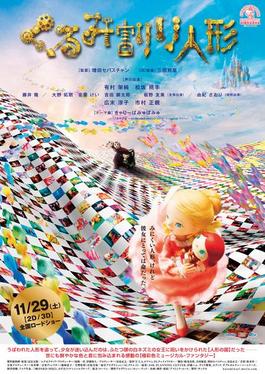
Morphine is a strong opiate that is found naturally in opium, a dark brown resin in poppies. It is mainly used as a pain medication, and is also commonly used recreationally, or to make other illicit opioids. There are numerous methods used to administer morphine: oral; sublingual; via inhalation; injection into a muscle; by injection under the skin; intravenously; injection into the space around the spinal cord; transdermal; or via rectal suppository. It acts directly on the central nervous system (CNS) to induce analgesia and alter perception and emotional response to pain. Physical and psychological dependence and tolerance may develop with repeated administration. It can be taken for both acute pain and chronic pain and is frequently used for pain from myocardial infarction, kidney stones, and during labor. Its maximum effect is reached after about 20 minutes when administered intravenously and 60 minutes when administered by mouth, while the duration of its effect is 3–7 hours. Long-acting formulations of morphine are available as MS-Contin, Kadian, and other brand names as well as generically.
Good is that which is to be preferred and prescribed; not evil.
Scratch or scratching may refer to:
Thursday is a day of the week.
Tinsel Town, Tinseltown, Tinsel-Town or other variants may refer to:
Candy is a type of sweet confectionery, typically prepared by dissolving sugar in water or milk and boiling it to concentrate the sugar.
Morphine is a potent opiate analgesic drug.

On April 8, 1994, Kurt Cobain, the lead singer and guitarist of the American rock band Nirvana, was found dead at his home in Seattle, Washington. Forensics investigators later determined he had died three days earlier, on April 5. The Seattle Police Department incident report stated that Cobain was found with a shotgun across his body, had suffered a visible gunshot wound to the head, and that a suicide note had been discovered nearby. The Seattle Police ruled Cobain's death as a suicide. Following his death, conspiracy theories that Cobain was murdered were spread.
Edith Alice Morrell was a resident of Eastbourne, East Sussex, England, and patient of Dr John Bodkin Adams. Although Adams was acquitted in 1957 of her murder, the question of Adams' role in Morrell's death excited considerable interest at the time and continues to do so. This is partly because of negative pre-trial publicity which remains in the public record, partly because of the several dramatic incidents in the trial and partly as Adams declined to give evidence in his own defence. The trial featured in headlines around the world and was described at the time as "one of the greatest murder trials of all time" and "murder trial of the century". It was also described by the trial judge as unique because "the act of murder" had "to be proved by expert evidence." The trial also established the legal doctrine of double effect, where a doctor giving treatment with the aim of relieving pain may, as an unintentional result, shorten life.

Nutcracker Fantasy is a Japanese-American stop motion animated film produced by Sanrio, very loosely based on Tchaikovsky's 1892 ballet The Nutcracker and E.T.A. Hoffmann's 1816 story "The Nutcracker and the Mouse King". It is directed by Takeo Nakamura and written by Shintaro Tsuji, Eugene A. Fournier and Thomas Joachim. It was officially released in Japan on March 3, 1979 and later in the United States on July 6, 1979. The film was nominated for the 1980 Saturn Award for Best Fantasy Film and the 1980 Young Artist Award for Best Motion Picture featuring youth and won the 1980 Young Artist Award for Best Musical Entertainment.

Edme-Samuel Castaing was a French physician and is thought to have been the first person to use morphine to commit murder.

Morphia was a Dutch symphonic death/doom metal band formed in 1995. Having performed concerts with groups such as After Forever, Epica, Autumn, Orphanage and Imperia, Morphia established themselves as one of the more prominent symphonic doom metal bands in the Netherlands. Signed to Dutch Fear Dark Records, Morphia has released 3 studio albums, musically evolving from death metal to gothic doom over the years. The band name comes from morphine, a medical drug used to relieve pain, but it is also a reference to Morpheus, the principal god of dreams in the Greek mythology.
Blue Velvet may refer to:

Charles Henry Malcolm Kerr was a British portrait, genre, landscape painter and illustrator of the late Victorian era perhaps best known for his illustrations for the adventure novels of H. Rider Haggard.
Narcotic, refers to medical or psychoactive compound with sleep-inducing properties. In the United States it has since become associated with opiates and opioids, commonly morphine and heroin, as well derivatives of many of the compounds found within raw opium latex.
Charles Hunter was an English physician best known for coining the word "hypodermic" and for realising that injections of morphine could relieve pain anywhere in the body, regardless of where the injection was delivered.
This page is based on this
Wikipedia article Text is available under the
CC BY-SA 4.0 license; additional terms may apply.
Images, videos and audio are available under their respective licenses.





